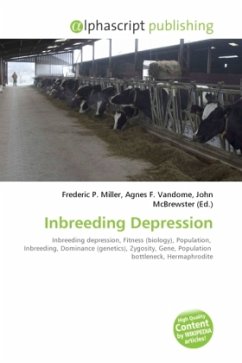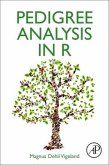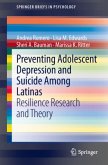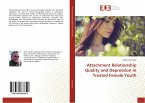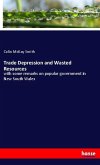Inbreeding depression is reduced fitness in a given population as a result of breeding of related individuals. Breeding between closely related individuals, called inbreeding, results in more recessive deleterious traits manifesting themselves. The more closely related the breeding pair is, the more homozygous deleterious genes the offspring may have, resulting in very unfit individuals. Another mechanism responsible is overdominance of heterozygous alleles leading to a reduction in the fitness of a population with many homozygous genotypes, even if they are not deleterious. Currently it is not known which of the two mechanisms is more important. In general, populations with more genetic variation do not suffer from inbreeding depression. Inbreeding depression is often the result of a population bottleneck. Inbreeding depression seems to be present in most groups of organisms, but is perhaps most important in hermaphroditic species, most prominently in plants. The majority of plants are hermaphroditic and thus are capable of the most severe degree of inbreeding.
Bitte wählen Sie Ihr Anliegen aus.
Rechnungen
Retourenschein anfordern
Bestellstatus
Storno

